Glazing in modern architecture has achieved a very special position in the last fifty years due to the radical changes introduced in its application. There has been a continuous improvement in the thermal insulation properties as well as optical properties of the glasses pushing the application of the glazing as a green building material needed for the construction of a low energy building.
But the belief that glass is a weak material has withheld its wide scale usability in the construction sector. Whatsoever, there has been enough researches and developments which demonstrate that glasses are strong enough and can be used in low energy buildings to achieve high energy performance standards imparting sustainability with minimum ecological footprint.
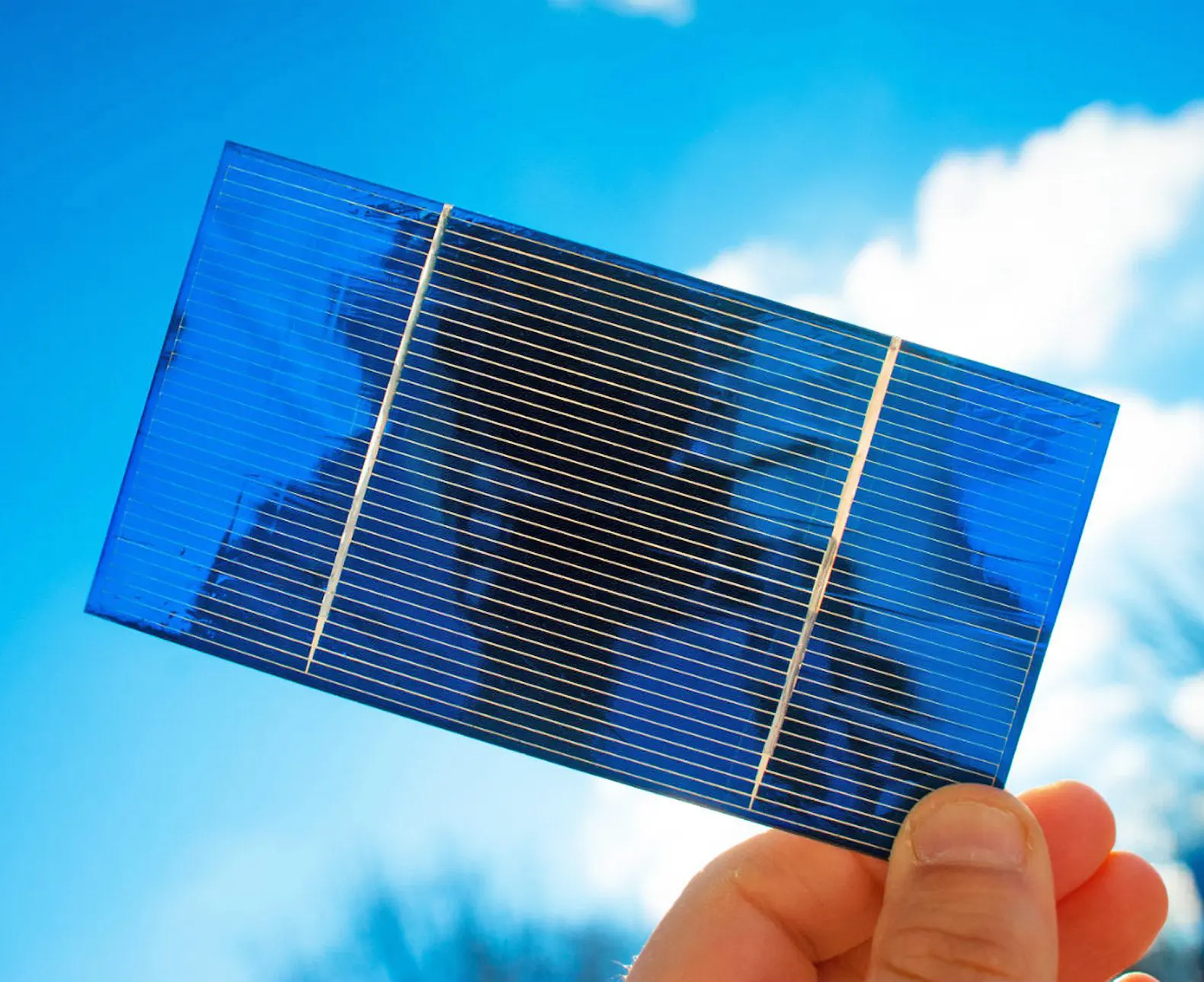
Glass as a Major Contributor to Green Building Material
Intelligent building designs and constant technological advances in glass products such as double-glazed glass which is having variation in thickness causes control of heat flow maintaining a higher relative indoor temperature, further cutting down the cost of heating.
Again on the other hand we have solar control glasses which has different layer of coatings in its surface allowing only the rays within a certain wavelength to penetrate inside which reduces the temperature inside.
Thus it offers a positive balance of energy through the building envelope and allows sufficient daylight to reduce artificial lightning needs. There has also been availability of such glasses with different aesthetical designs which again adds to its quality and enhances its use with an elegant and stylish appearance.
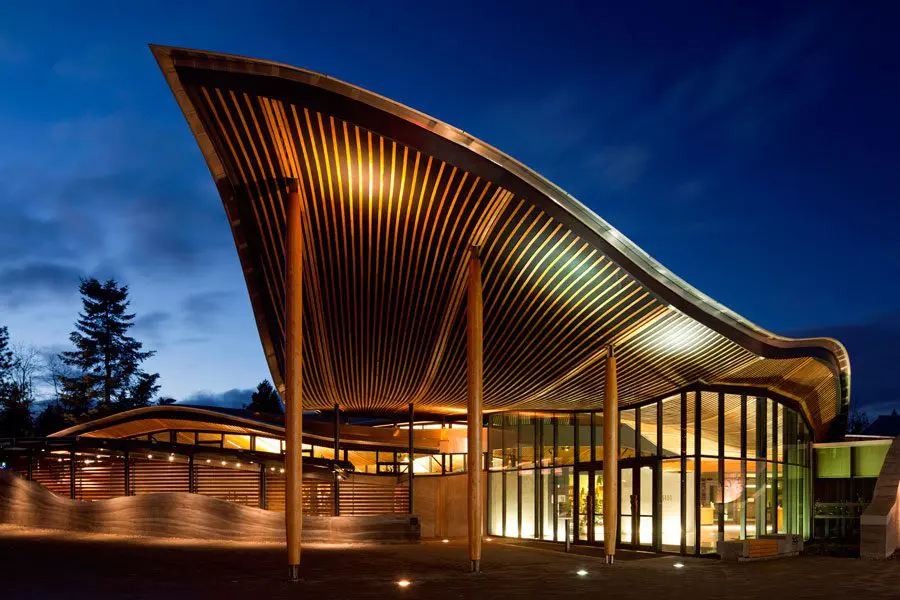
When it comes to building materials then not only the impact of manufacturing but its entire life cycle including construction and demolition i.e. Cradle to Grave approach needs to be taken into account for measuring its suitability as a Green Building material. Glass generates a minimal environmental impact, making it one of the best choices for sustainable buildings.
The total CO2 equivalent emitted by the manufacturing of an energy efficient double glazing unit is recovered within a use of 3 to 10 months of its life when compared with the same building equipped with inefficient glazing. Glasses are made up of non-polluting raw material and has very high energy efficiency in its manufacturing requiring very low quantity of water and generates minimal amount of waste.
Its application in the buildings cuts down the application of cement which is again one of the leading sources of CO2. Moreover, glasses are recyclable and can be used again giving rise to a Cradle to Cradle approach which makes it a clear winner causing reduction in raw material need and curbing the energy being utilized in manufacturing. So a basic knowledge on the parameters which guides the properties of the glasses goes a long way in making a wise selection.
Doubled Glazed Glasses
Double glazing glasses are nothing but a combination of multiple glass panes mostly two in number and can be three at times, these panes are having a separation by a spacer and a still layer of vacuum or gas which reduces the heat transfer while forming a part of building envelope. The thermal resistance provided reduces the artificial heating required leading to a reduction in the overall cost and also the ecological footprint.
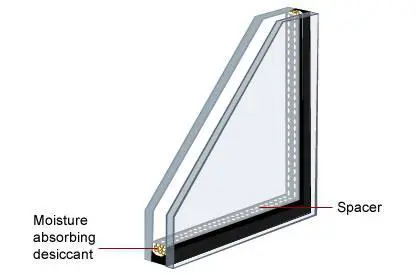
These glasses are also called as insulation glasses and the manufacturing of the same comes in with a thickness ranging from 3mm to 12mm or more depending upon its application. The acoustic properties are also a function of the thickness of the glasses and hence its suitability can be decided taking both insulation as well as acoustic property in consideration.
These combination of glasses further leads to an increase in strength as cross sectional area increases causing an added benefit. Spacing between these glasses is the parameter which has to be looked after, for an optimum performance it needs to be 12mm approximately which can be altered based on the specific requirement.
The spacing is filled with an inert gas and argon is one such gas which is widely used due to its low thermal conductivity. A metal or polymer strip called spacer separates these panes of glass and has a drying agent called desiccant which helps in removing the moisture entrapped in the air space.
Solar Control Glass
This is another variety of glass which incorporates latest technology developed by the glass industry which acts as a filter for the rays coming in from the sunlight. It radiates and reflects a large degree of sun’s heat leading to bright and cooler space inside.
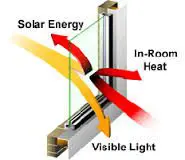
These glasses are also called Low-E glass or low –emissivity glass and usually has a nano silver deposit which is a metallic oxide and is magnetically enhanced to give the glass the desired solar control and thermal insulation as well as a distinct appearance.
Solar control glass units are typically double glazed leading to insulation too. It is not coloured or mirrored but if desired these finishes can be applied in order to achieve better aesthetics. Solar control is a key issue as without the use of proper glasses the inside space becomes a hot oven.
Solar Reflectance Index (SRI) is a value combining solar reflectance and emittance which represents a material’s temperature in the sun. Further for a green building material one looks for high SRI content to reduce the heat island effect, a term used to describe higher air and structure temperatures in an urban setting as opposed to lower temperatures in rural areas.
The Way Ahead
The use of façade as a curtain wall is in its peak as it provides architecturally pleasing buildings and glass gives a balance in light, transparency, thermal insulation, solar control, acoustic insulation etc.,
It is a highly versatile material and can be processed in several ways giving a minimum environmental footprint. With continuous improvement in its structural and aesthetical capabilities too it is gaining an unmatched position which can be seen in the modern structures being built up.
These buildings are stunning in design, here is a glimpse of recent some recent eye-catching structures built in India
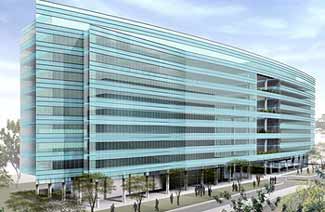
I-THINK CAMPUS, PUNE

AllCargo Facade, Mumbai

Orchid Square Office Block at Gurgoan





